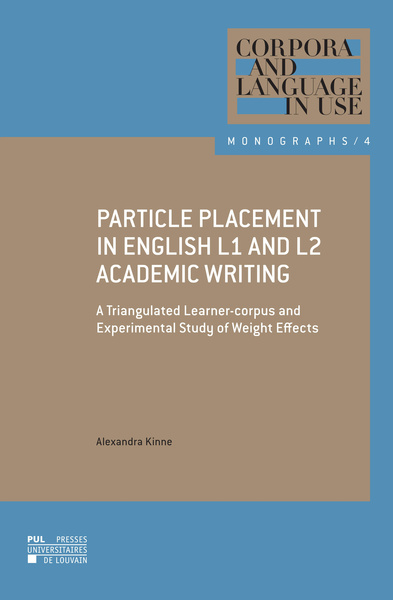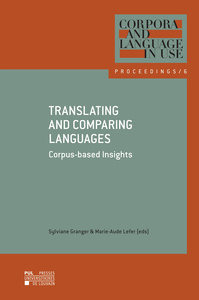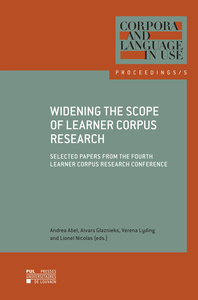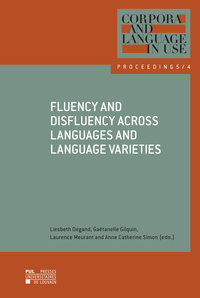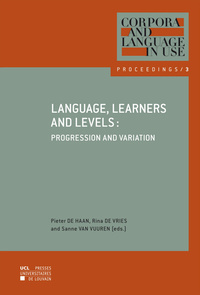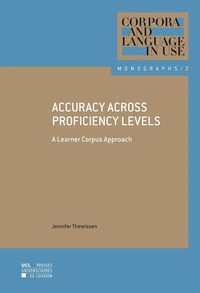Nous utilisons des cookies pour améliorer votre expérience. Pour nous conformer à la nouvelle directive sur la vie privée, nous devons demander votre consentement à l’utilisation de ces cookies. En savoir plus.
Particle Placement in English L1 and L2 Academic Writing
Pu Louvain - EAN : 9782875589859
Édition papier
EAN : 9782875589859
Paru le : 24 déc. 2020
25,00 €
23,70 €
Disponible
Pour connaître votre prix et commander, identifiez-vous
Notre engagement qualité
-
 Livraison gratuite
Livraison gratuite
en France sans minimum
de commande -
 Manquants maintenus
Manquants maintenus
en commande
automatiquement -
 Un interlocuteur
Un interlocuteur
unique pour toutes
vos commandes -
 Toutes les licences
Toutes les licences
numériques du marché
au tarif éditeur -
 Assistance téléphonique
Assistance téléphonique
personalisée sur le
numérique -
 Service client
Service client
Du Lundi au vendredi
de 9h à 18h
- EAN13 : 9782875589859
- Collection : CORPORA AND LAN
- Editeur : Pu Louvain
- Date Parution : 24 déc. 2020
- Disponibilite : Disponible
- Barème de remise : NS
- Nombre de pages : 232
- Format : H:160 mm L:240 mm E:12 mm
- Poids : 376gr
- Interdit de retour : Retour interdit
- Résumé : This study seeks to contribute to a better understanding of how syntactic variation is affected by probabilistic factors in English as a foreign language (EFL, L2), exemplified by the effect of weight on the syntactic variation with English transitive verb-particle constructions (e.g. look up, sort out) and transitive verb-prepositional phrase (PP) constructions (e.g. take into account, bear in mind). With these constructions, the particle/PP may occur either adjacent to the verb or separated from the verb by a direct object noun phrase (DO NP). Being highly influenced by the weight of the DO NP in native (L1) English, little is known about the factors, including syntactic weight, that govern this variation in L2 English. Against the background of possible native-language transfer, this study examines whether advanced L1-German EFL learners are sensitive to the probabilistic e ffect of weight on syntactic choices with verb-particle/PP constructions and whether there are di fferences when compared to English native speakers. Triangulating comparative corpus data and experimental data, i.e. elicited production and elicited assessment, the study provides converging evidence from language production and intuition that the learners have acquired a near-native awareness of weight e ffects in verb-particle/PP constructions, with di fferences indicating a tendency to more conservative choices.

